Deck & Commander Strategies
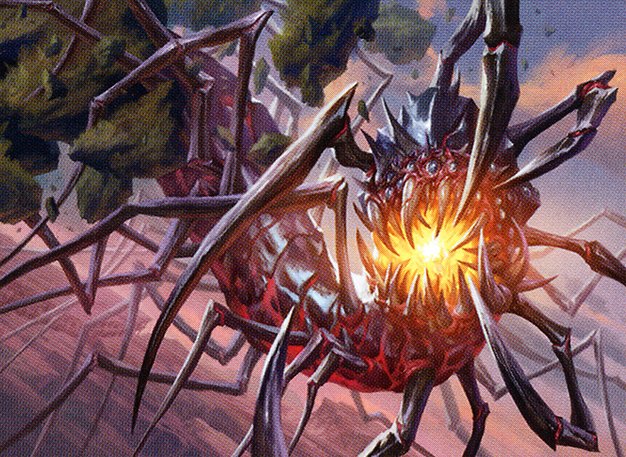
Obosh, the Preypiercer
Obosh's deck focuses on aggressive red-black damage doubling synergy, aiming to maximize damage output from creatures like Scab-Clan Berserker. The deck punishes opponents for casting non-creature spells and leverages combat damage to quickly pressure opponents.
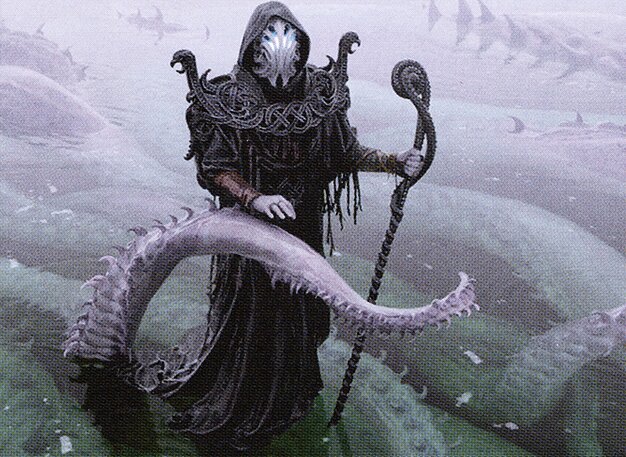
Orvar, the All-Form
Orvar's deck capitalizes on copying instant and sorcery spells to generate value and board advantage. It uses spells that create token copies or trigger additional effects, combining with creatures that benefit from spellcasting to control the board and draw cards.
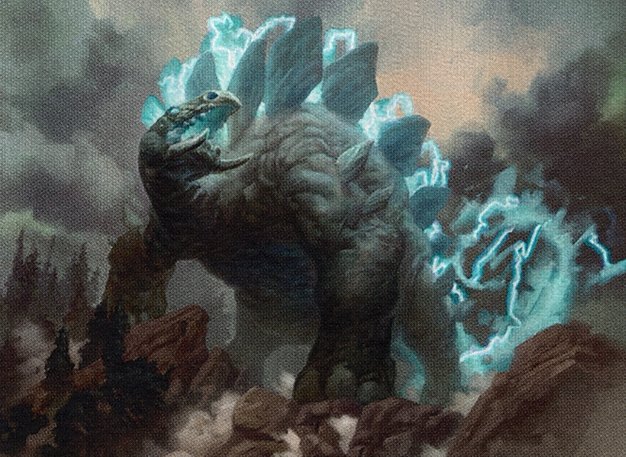
Kalamax, the Stormsire
Kalamax is a storm-style deck that aims to cast multiple instant and sorcery spells per turn to multiply Kalamax’s damage output. It uses combo pieces like Twinning Staff and Narset's Reversal to create infinite or near-infinite spell copies, enabling massive card draw and damage.
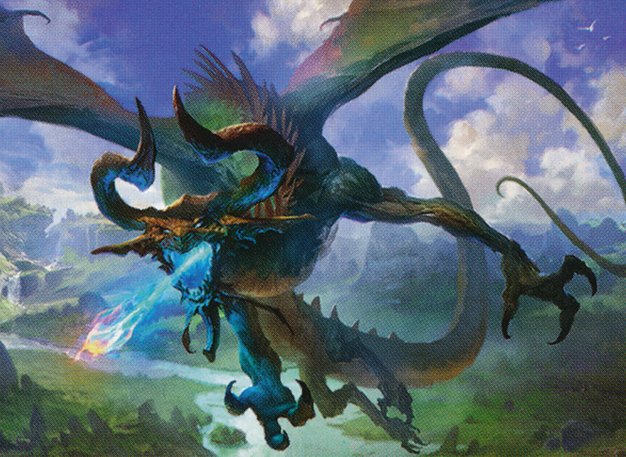
Nicol Bolas, the Ravager // Nicol Bolas, the Arisen
Nicol Bolas's deck focuses on controlling the board with powerful spells, removing threats, and using Nicol Bolas's transformational abilities to dominate late game. It leverages hand disruption, card advantage, and powerful creatures or planeswalker effects to overwhelm opponents.
Gameplay Insights
- 1
Epic’s use of Kalamax with Twinning Staff and Narset's Reversal to copy spells infinitely was a pivotal combo that heavily swung the game in his favor by drawing excessive cards and generating multiple spell copies.
- 2
The strategic use of Relic of Progenitus to exile graveyards disrupted graveyard-based strategies and stalled key combos, showing the importance of graveyard hate in this multiplayer game.
- 3
Cyclonic Rift overload was used at a crucial moment to clear the board and enable a lethal swing by Nicol Bolas, Arisen, demonstrating effective timing of mass removal to secure victory.
- 4
Orvar's player leveraged copying spells like Moonlace and combat tricks to build board presence and pressure, though ultimately struggled to keep pace with the storm combo and board wipes.
- 5
Obosh’s damage doubling ability made each combat interaction and spell cast by opponents risky, forcing players to carefully consider their plays to avoid taking heavy damage.
Notable Cards
-
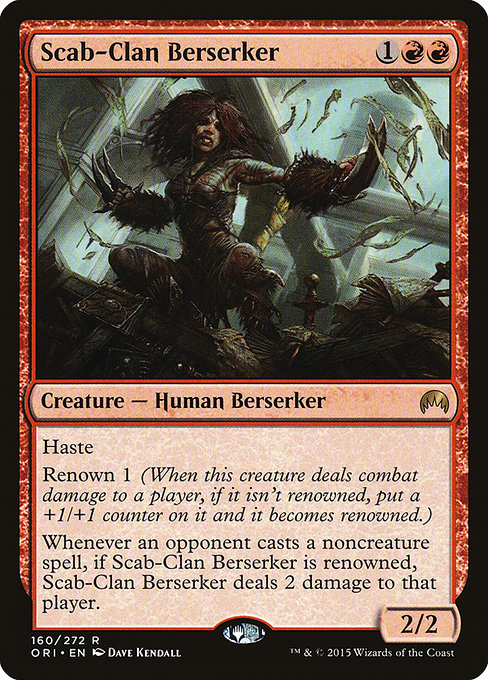
Scab-Clan Berserker
-
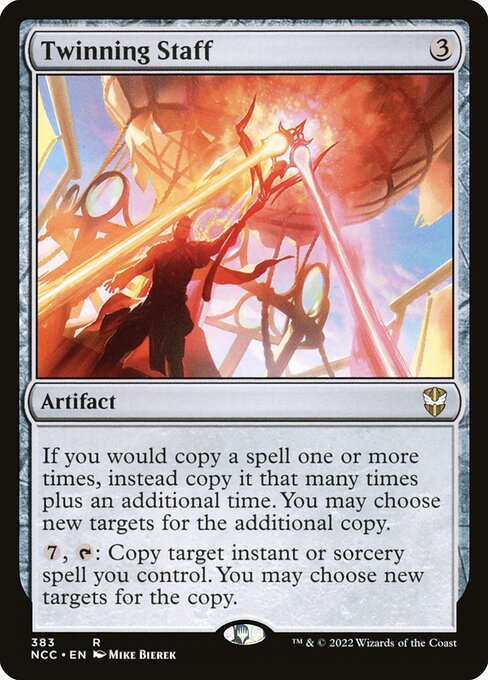
Twinning Staff
-

Narset's Reversal
-
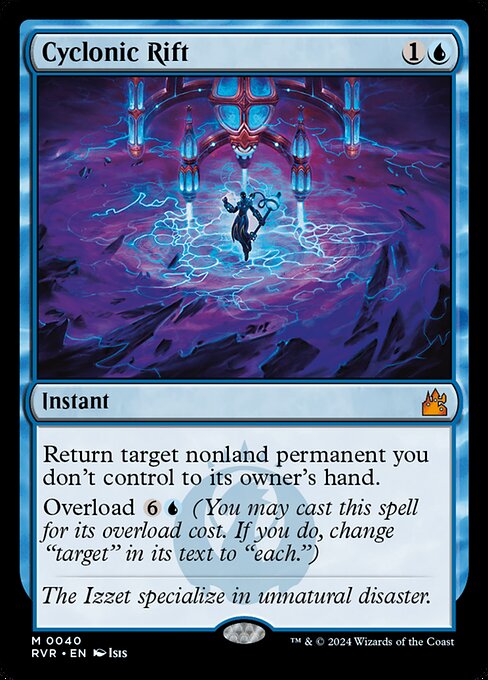
Cyclonic Rift
-
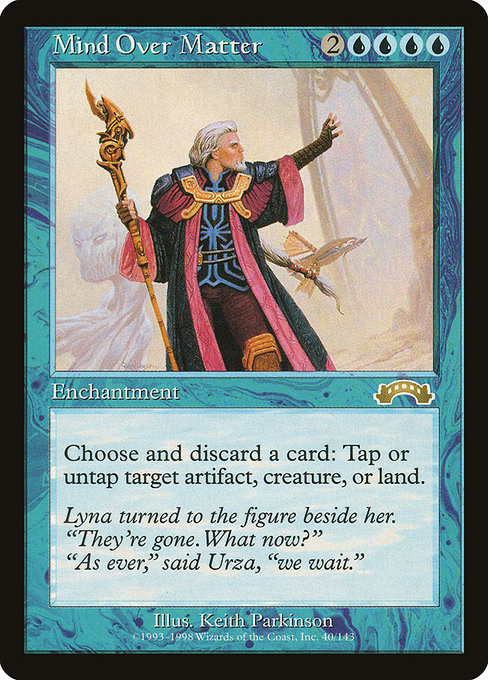
Mind Over Matter
-

Obosh, the Preypiercer
-

Kalamax, the Stormsire
-

Orvar, the All-Form
-

Nicol Bolas, the Ravager // Nicol Bolas, the Arisen
-
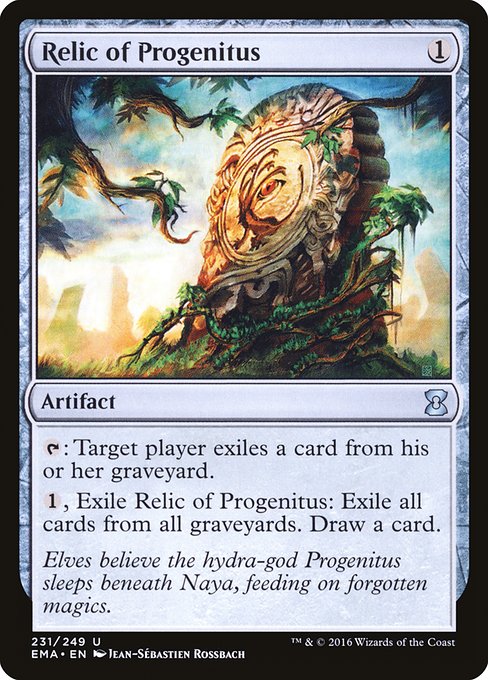
Relic of Progenitus
-
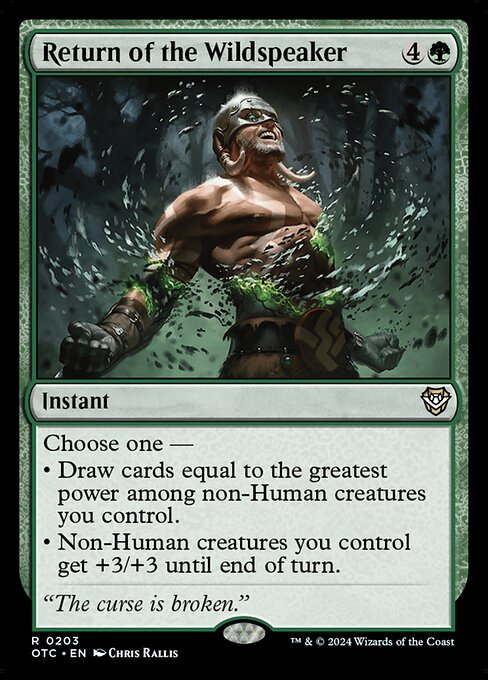
Return of the Wildspeaker
Gameplay Summary
The game began with players establishing their mana bases and early board presence, including key ramp and utility lands.
Obosh's player focused on aggressive plays with Scab-Clan Berserker and leveraging Obosh's damage doubling ability, while Epic, piloting Kalamax, aimed to storm out with multiple instant and sorcery spells.
Early skirmishes involved damage from Obosh and combat damage from commanders, with players managing graveyards and board states carefully.
A critical turning point occurred when Epic comboed with Kalamax and Twinning Staff to infinitely copy Narset's Reversal, creating complex stack interactions that ultimately led to a powerful board state and mass card draw.
This combo was disrupted by relic exile effects, but Epic still gained a significant advantage by drawing a large number of cards and setting up with powerful enchantments and artifacts.
Later, Epic used Cyclonic Rift to clear opponents' boards and swung in with Nicol Bolas, Arisen to eliminate Rizen.
Following this, Epic maintained pressure with a suite of threats and ramp spells, while Orvar's player tried to stabilize by deploying counterspells, removal, and card draw engines like Mind Over Matter.
The game was marked by intense spell interactions, combat damage leveraging commanders' abilities, and a large storm-based combo that defined the mid to late game tempo.





















![Zacama vs Lord Windgrace vs Kalamax vs Nicol Bolas [EDH Gameplay] 2020 thumbnail](https://i.ytimg.com/vi/gxW36IDCHOg/sddefault.jpg)

![This Time, It's Personal! [Commander VS] | Magic: the Gathering Commander Gameplay thumbnail](https://i.ytimg.com/vi/VibCoKEPrWU/sddefault.jpg)















